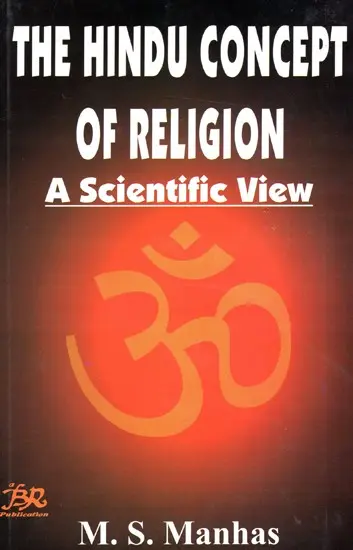
| Item Code: | UAS708 |
| Publisher: | B.R. Publishing Corporation |
| Author: | M.S. Manhas |
| Language: | English |
| Edition: | 2005 |
| ISBN: | 8176465011 |
| Pages: | 388 |
| Cover: | HARDCOVER |
| Other Details | 9.00 X 6.00 inch |
| Weight | 710 gm |
This volume is an example of fusion of philosophy and science. It seeks to interpret the concept of religion through the eyes of a scientist. Right at the outset, the author explains that Vedanta is not a religion but a philosophy of religion. A novel feature of this study is the discussion on distress: from spirituality to psychobiology. There is a detailed discussion on different types of stress as well as stress models and therapies, including diagrams of the nervous system and the endocrine and immune systems. The author points out the importance of meditation: "The effectiveness of meditation, one of the eight limbs of the science of yoga, in overcoming stress and related complications has now been accepted even by the hard- core antagonists of this methodology." In the chapters on happiness, the author first deals with the Vedantic view and then proceeds to psychosocial variables. The chapter on the "Joy of Death" convincingly argues that the fear of death is baseless and that death is not the end of life. The author concludes that "those who are desirous of liberation have to lead a life which represents a synthesis of Karmayoga, Jnanayoga and Bhaktiyoga philosophy." This volume is the culmination of years of in depth research done meticulously by a scientist who has turned to philosophy and religion. It should be of great value to scholars as well as laymen. It is hoped that readers who have distanced themselves from spirituality will have a second thought after reading this book.
Dr. Maghar Singh Manhas is Emeritus Professor of Chemistry at the Stevens Institute of Technology, Hoboken, New Jersey, USA. He has made outstanding contributions to chemical research, published many research papers and books and won several research awards. Comparative religious philosophy is one of his major interests. He has published two books based on Hindu scriptures: "Shrimad Bhagavad Gita through the eyes of a scientist" and "The Holy Vedantic Life." Dr. Manhas has been promoting Indo-US scientific collaboration for several decades. This volume is his latest contribution to cultural promotion and an offering to the land of his birth.
It is commonly believed that search for happiness is an elusive chase. Saints and scholars from all parts of the world have been investigating ways and means to get out of the morass of sorrow and misery since time immemorial. They have formulated a variety of ideas and proposed a number of different methods to achieve peace and happiness. Modern day critics, however, are of the opinion that, in this age of materialism spirituality based ideas are archaic, impracticable, and out of tune with the prevailing reality. It would be unrealistic to expect that, in this promiscuous society, young men and young women who are constantly exposed to the concept of free love and the onslaught of the entertainment media would refrain from lust, those who have enjoyed the charm and comfort of material benefits would forego greed, and those who are actively involved with the religio-political turmoil would renounce enmity, anger, jealousy, and hatred. The advice of the ancient seers to discard evil propensities and inculcate virtuous traits can be only as useful and effective as the willingness of the recipient to accept and implement it. Consequently such word of wisdom become as wasteful in the present set up as watering barren soil in the hope of reaping a bumper harvest. In spite of the lure of modern technology and all the comforts that it has placed at human disposal, happiness is still a much sought after item. The phenomenal objects tempt sentient beings to enjoy them, and the sweet-sour fruits of unsatiable desires do not release the aspirant from their stranglehold. However, the more goods and services one accumulates to satisfy the never ending necessities of life, the more disenchantment sets in gradually, and the more internal peace is lost. The desires, like the mythological Siren songs, forcibly drag humankind deeper into the quagmire of restlessness, sorrow, and distress. Irrespective of all the inducements that the present environment has to offer, the yearning for peace and happiness is still very much alive. A great void is felt by thoughtful persons which the satisfaction of mundane desires creates. In writing this book, which is expected to serve as a road map for happiness, the author has explored this subject from various angles and brought into focus some of the practical suggestions based upon personal experience. The material on this subject has been primarily derived from the Shrutis and the Bhagavad Gita. A few other Smriti texts have also been used to elaborate the main points. No attempt has been made to incorporate the views of modern writers and philosophers. Information from the newly emerging field of Psychoneuroimmunology (PNI) has been used to highlight the current views of the medical profession, which was initially reluctant to accept the Vedic concept of mind-body interaction. Efforts have also been made to include the Christian views wherever possible. Based on my limited understanding of Christianity, it would be safe to say that, barring a few irreconcilable dogmas of this religion, the fundamental teachings of the New Testament run parallel to the Vedanta views. This book has been divided into nine chapters. Chapter One summarizes the essential concepts of Vedanta philosophy. Hinduism is a religio-philosophical faith, Therefore, it was felt necessary to give a brief background of Vedanta, which forms the foundation on which the edifice of Hinduism has been built. Vedanta discusses exclusively the essential spiritual truths pertaining to the Supreme Reality, Jivatman (embodied soul), and the phenomenal world. These truths were arrived at by the ancient seers through intense reflection and deep meditation. This information would be found useful in understanding Sanatana Dharma (eternal duty), popularly translated as Hinduism. Using this knowledge as the support, even a lay person should be able to easily grasp the concept of happiness from the Vedanta standpoint. Chapter Two titled 'A Scientific View of Hinduism' is intended to bring out the essential nature of Hinduism. It does not prescribe any doctrines which the believers have to follow. This religion is based upon discussion, investigation, reflection, meditation, and spiritual realization. It does not encourage vishvas (blind faith) but teaches the importance of shraddha (belief with conviction). The concept of shraddha and a free discussion of the underlying philosophic principles sets Hinduism apart from all the major religions of the world. No subject, including the existence of God, is beyond discussion and debate. Even the Upanishads that provide the source material for Vedanta philosophy are composed in a question-answer format. The students ask questions and the mentor elaborates the esoteric philosophical principles. Sometime the teacher himself initiates the subject for discussion. Although this free wheeling discussion of transcendental phenomena between the teacher and the taught has resulted in the creation of several sects and subjects, yet the basic principle of 'unity in diversity' has kept them cemented together as one homogeneous faith for thousands of years. The various sects sometimes vehemently disagreed on philosophical grounds but were never disagreeable to each other in their conduct. There has never been any case of crusade or jihad on such issues between them. The differences were kept at the academic level and each one was free to practice his/ her own faith. Hinduism is not a monolithic faith as will be apparent from a Rig Veda hymn (1.164.46) which says 'ekam sad vipra bahudha vadanti - Truth is one. Sages have described it variously.' According to another Rig Veda hymn (1.89.1), Hinduism is flexible enough to accept useful ideas from everywhere. 'aa no bhadra kratavo yantu vishvatah - Let noble thoughts come to us from everywhere.' It is because of such lofty ideals that Hinduism grew into an all encompassing resilient faith which illumined the world and was able to withstand distressing onslaughts of foreign invaders. In spite of such trials and tribulations it has always come out more refined, invigorated, and vibrant.
**Contents and Sample Pages**
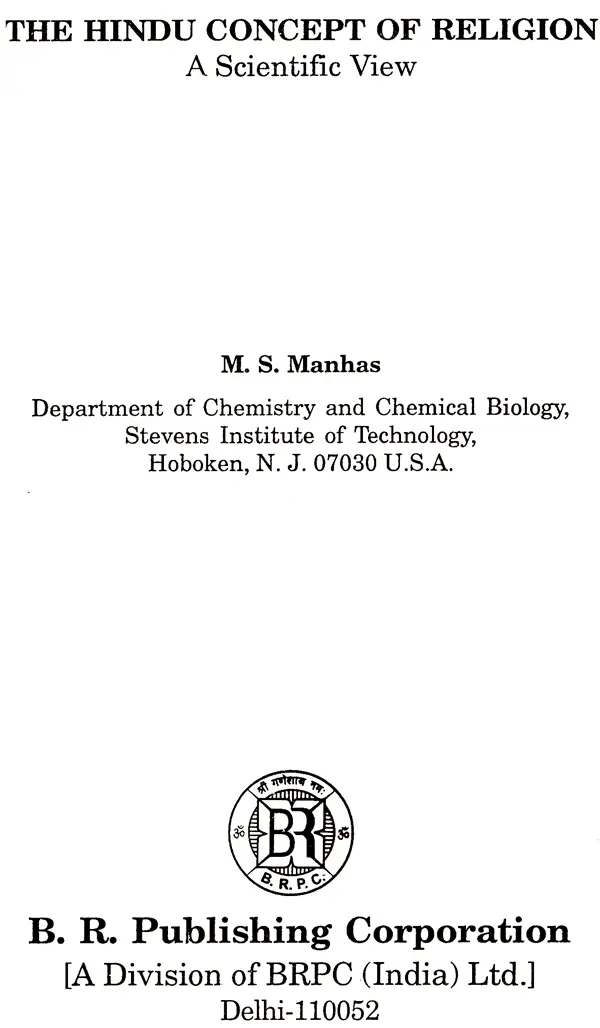
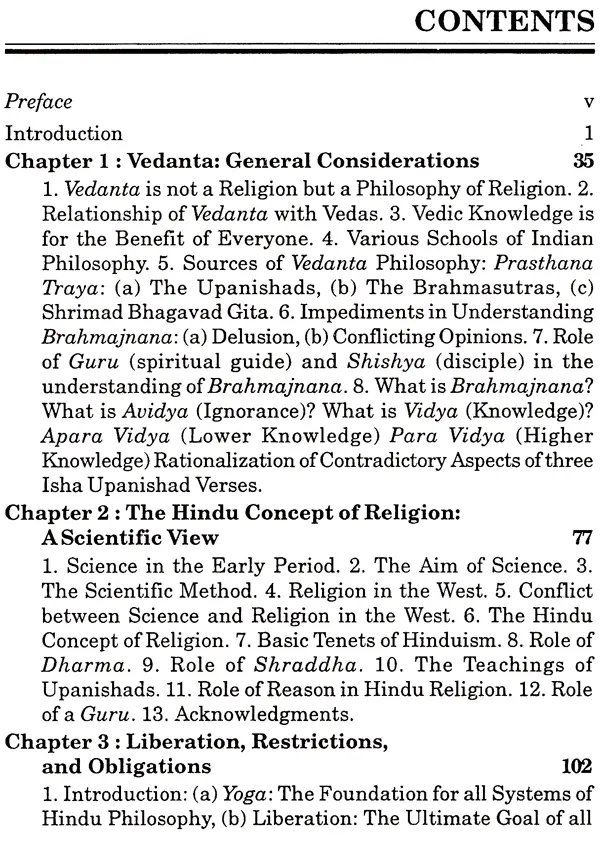
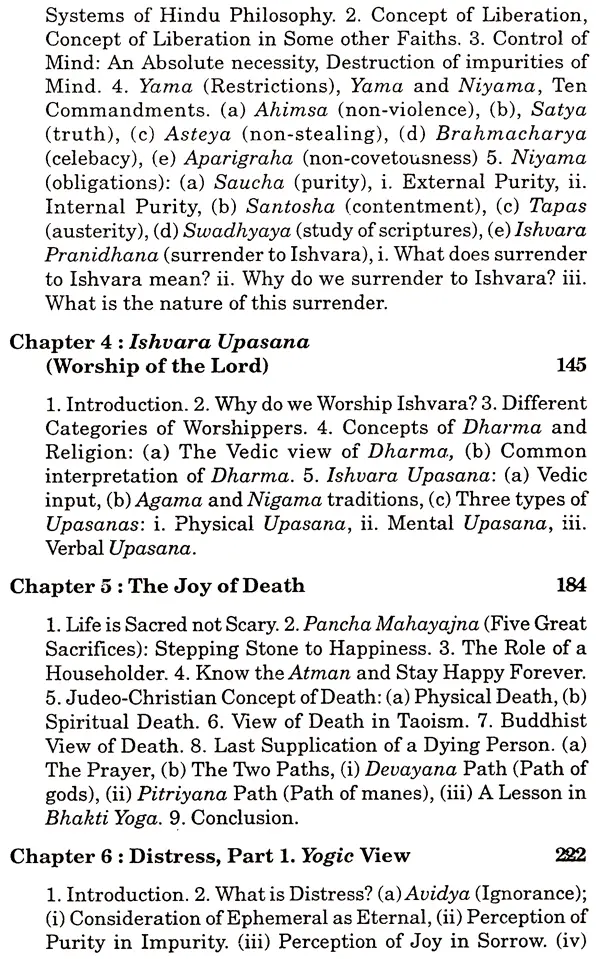
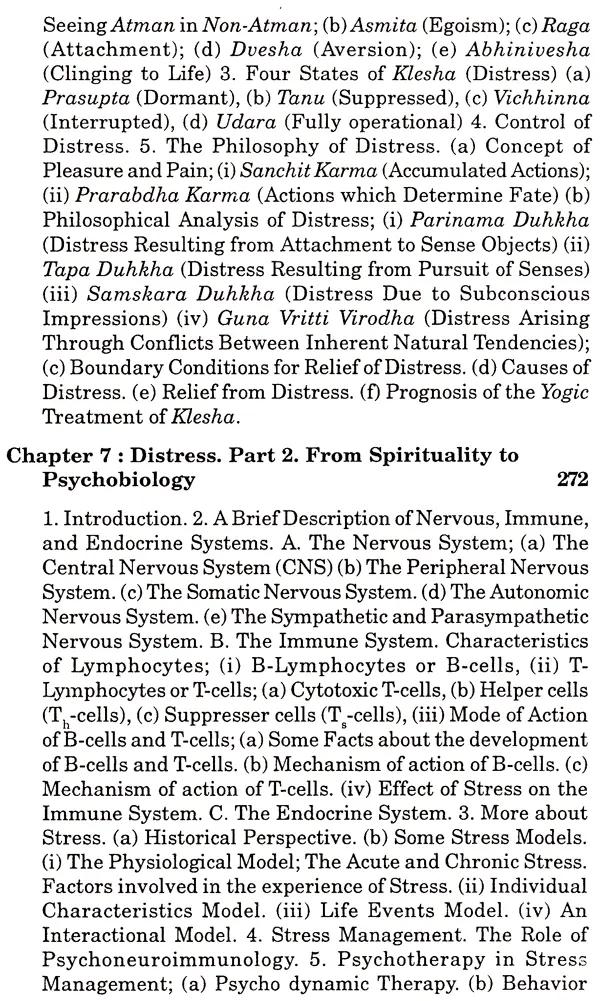

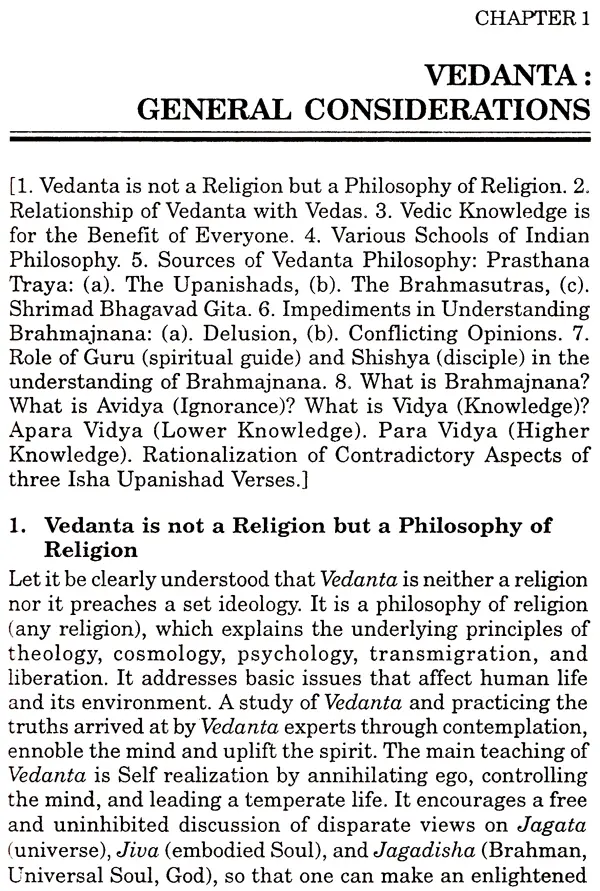
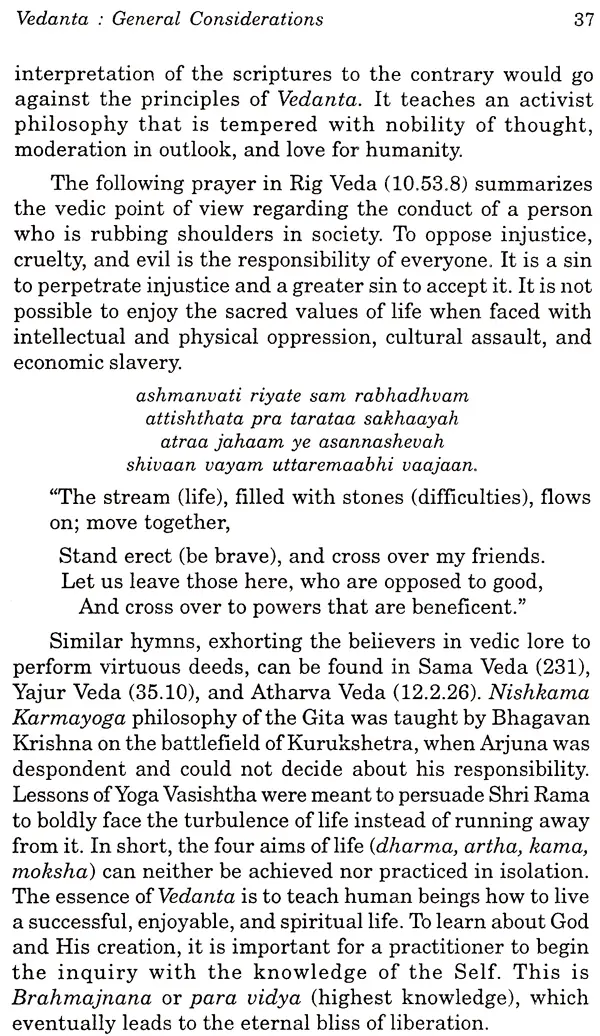
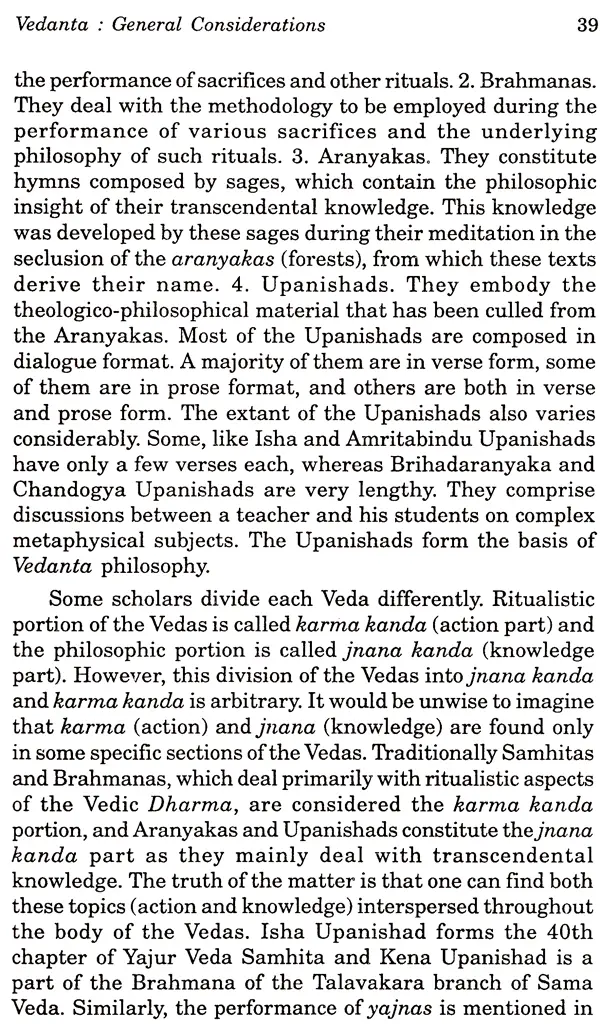
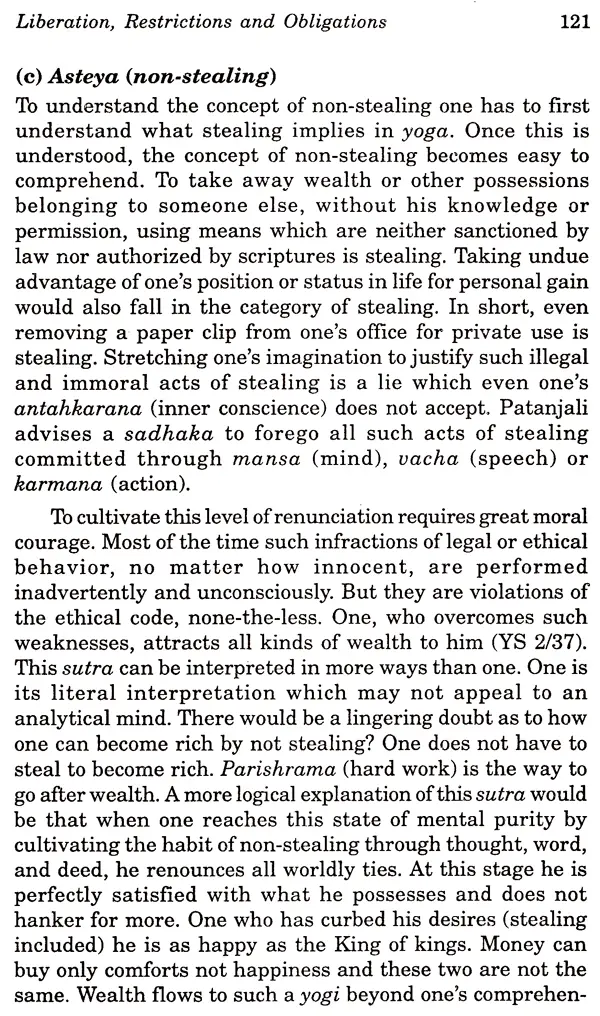


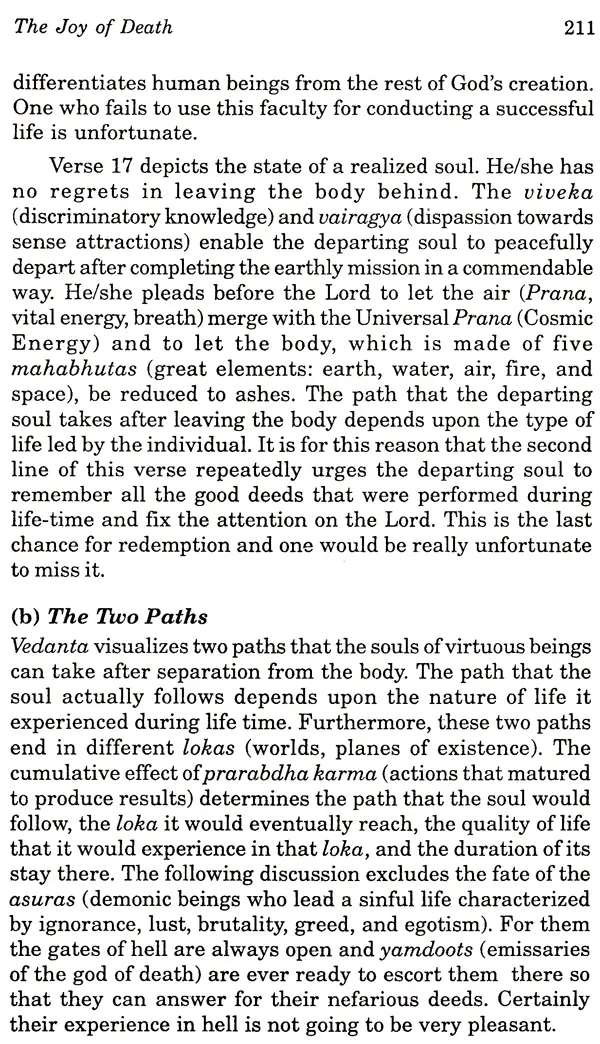

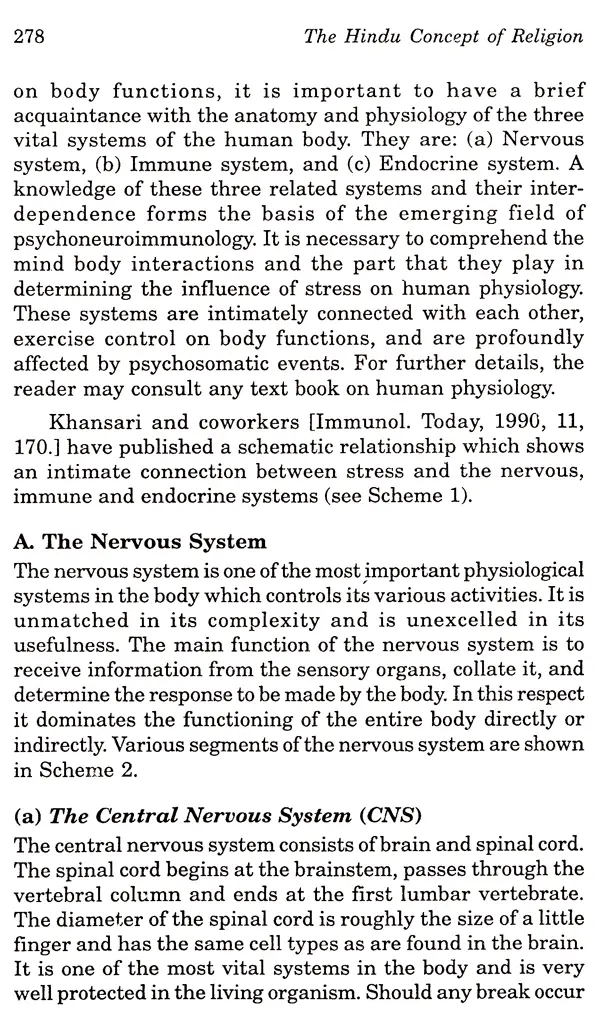
Send as free online greeting card
